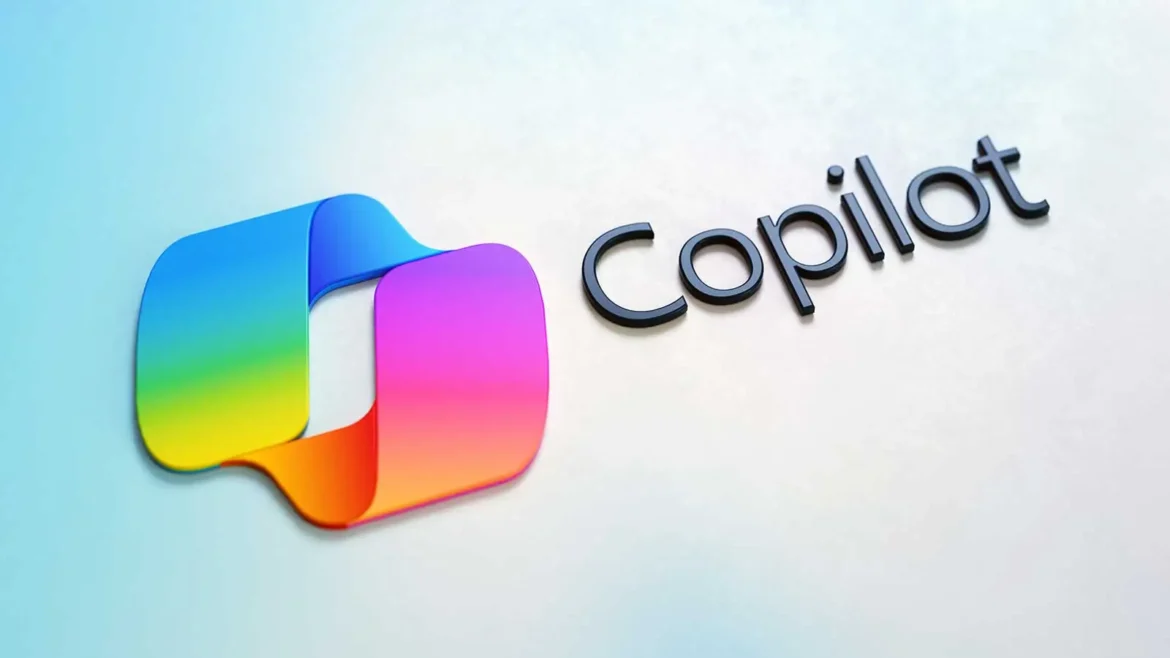In a new announcement by Microsoft, the company has taken its Copilot AI to the next level, incorporating key features such as memory, personalization, and an innovative Vision tool. With the integration of these advanced capabilities, Microsoft aims to reshape how users interact with their devices, making daily tasks more efficient, intuitive, and user-friendly. These updates have the potential to change the way businesses operate and how individuals use technology in their personal and professional lives.
What is Microsoft Copilot?
Microsoft Copilot is an AI-powered assistant designed to integrate with Microsoft’s ecosystem of tools, including Microsoft 365 apps like Word, Excel, Outlook, and more. It acts as a virtual assistant that can help users perform tasks more efficiently by leveraging advanced AI models. With its core functionality, Copilot enhances productivity by automating mundane tasks, providing intelligent recommendations, and helping users quickly access information.
The integration of artificial intelligence into Microsoft’s suite of products has been a game-changer for millions of users. However, with the latest updates, Microsoft has raised the bar with even more intelligent capabilities. Now, Copilot is not just about assisting with tasks but also about remembering your preferences, learning from your actions, and seeing the world around you through Vision.
Key Features of Microsoft Copilot’s New Updates
1. Memory: Personalized Assistance
One of the most anticipated features in the new Copilot update is the introduction of memory. This new feature enables Copilot to remember important details across different sessions, making the AI assistant more personalized and effective in its interactions. Memory allows Copilot to retain information such as the user’s preferences, common tasks, and specific project requirements. This means users won’t have to repeat themselves with every new interaction, as the AI will recall previously discussed topics, providing a seamless experience.
The memory feature also extends to the Copilot’s ability to learn. For example, if you frequently ask Copilot to schedule meetings with certain people or analyze data in a specific way, Copilot will learn from these habits and begin to make recommendations based on your past behavior. As Microsoft expands this feature, the company plans to offer users more control over what memories the AI retains, ensuring privacy while enhancing productivity.
2. Personalization: Customizing Copilot’s Actions
The second major update in the latest Copilot iteration is the introduction of greater personalization. Microsoft is now offering users more control over the assistant’s actions, allowing them to adjust settings and tailor the Copilot experience to suit their individual needs. Through a simple, intuitive interface, users can customize how Copilot interacts with them. This includes adjusting how it suggests tasks, provides information, and prioritizes work.
For example, a marketing professional might set up Copilot to prioritize data analysis and report generation, while a project manager might adjust it to help track team progress and deadlines. This personalized approach makes the Copilot more valuable to a broader range of industries and roles, ensuring that the AI can be an indispensable part of any workflow.
Another key aspect of personalization is Copilot’s ability to adapt to the user’s communication style. Whether you prefer concise responses or more detailed explanations, Copilot can adjust its tone and depth based on what works best for you. This level of customization ensures that users are never overwhelmed with information and can use Copilot to maximize their productivity in a way that suits their individual preferences.
3. Vision: A Multimodal AI Experience
Perhaps the most revolutionary addition to Microsoft’s Copilot is the new Vision tool. This multimodal AI system allows Copilot to interpret and analyze images and videos, making it capable of understanding the real world in a way that traditional AI systems cannot. By incorporating computer vision capabilities, Copilot can now analyze photographs, identify objects, and even understand the context of what is being shown. This could range from identifying trends in marketing materials to assessing the health of a plant based on a user’s image input.
For example, users can take a photo of a business presentation, and Copilot can extract the most relevant data, suggesting how to optimize the presentation or highlighting key points that need further attention. This tool is designed to work across Microsoft’s suite of applications, making it a versatile asset for any user. By combining text-based AI with visual recognition, Copilot is no longer limited to just written inputs but can now assist in entirely new ways.
Moreover, the Vision tool is integrated with Copilot’s memory and personalization features, enabling a more cohesive experience. If you use the Vision tool to identify products or analyze visuals related to a specific project, Copilot will learn from these inputs and offer tailored recommendations for future tasks. Whether you’re working on a marketing campaign, preparing for a sales presentation, or conducting research, Copilot’s ability to interpret visual data will prove invaluable.
4. Seamless Integration with Microsoft 365
Copilot’s new capabilities are not standalone features but are deeply integrated into Microsoft 365. The assistant works seamlessly across apps like Word, Excel, Outlook, and PowerPoint, ensuring that its functionality extends beyond just one platform. For example, users can now ask Copilot to summarize a meeting in Outlook, create a detailed report in Word, or generate a custom presentation in PowerPoint—all using the same intelligent AI assistant. This interconnected experience helps streamline workflows, reduce the time spent on repetitive tasks, and increase overall efficiency.
Additionally, Microsoft has continued to improve Copilot’s natural language processing abilities. The AI understands conversational commands, allowing users to interact with it in a more human-like manner. This makes the assistant accessible to a wider audience, including those who may not be as tech-savvy, and allows for a more intuitive user experience.
Impact on Businesses and Users
For businesses, the updates to Copilot promise to streamline operations and improve productivity. With AI that can recall past interactions, understand preferences, and even interpret visual data, Copilot becomes a powerful tool for team collaboration, project management, and customer support. By eliminating the need for manual data entry and repetitive tasks, employees can focus more on high-value work, improving overall outcomes.
Moreover, Copilot’s ability to adapt to different roles and industries makes it a versatile solution for various professional sectors. Whether you’re a healthcare professional needing to analyze patient data or a creative designer requiring feedback on a project, Copilot can be personalized to suit your needs.
For individual users, the integration of AI into everyday tasks will make technology feel more intuitive. The personalized and multimodal capabilities of Copilot ensure that even the most complex tasks can be simplified and automated, allowing users to spend more time on the things that matter most to them.
With its latest updates, Microsoft Copilot is redefining how we interact with artificial intelligence. The introduction of memory, personalization, and Vision opens up new possibilities for users across all industries, enhancing productivity, collaboration, and efficiency. As AI continues to evolve, Microsoft’s Copilot promises to be at the forefront of this transformation, helping users navigate an increasingly complex world with ease. By making AI not only smarter but more attuned to individual needs, Microsoft is setting a new standard for intelligent assistants in the workplace and beyond.









